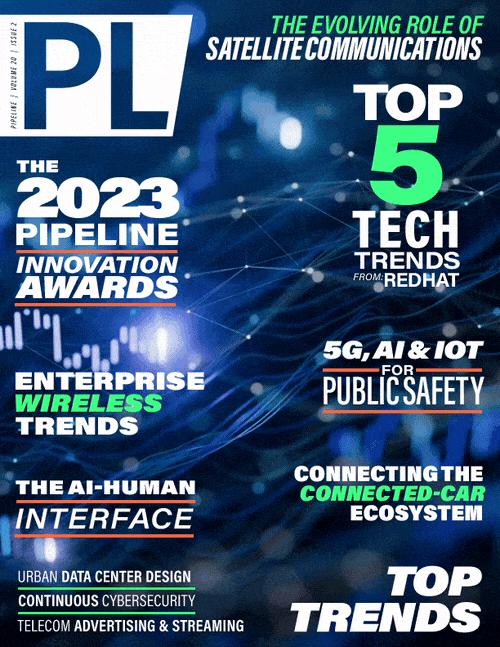5 Top Technology Trends Reshaping
the Digital Landscape
By: James Harmison

Technology has changed the world. This is not a controversial statement. From the plow to the printing press to the personal computer, advancing technology has the power to radically reshape the world and the ways we live. The many changes in the past decades have driven us to the point that some of the most transformative changes in our society are enabled by software. Digital transformation is not just a buzzword, it’s a reality. 2023 has been a year of rapid change, with many dramatic new software-defined technologies making their way into businesses. In this article, we consider five particularly impactful developments and offer some predictions for 2024.
IT/OT convergence trends
The modernization of Operational Technology (OT) networks using principles from Information Technology (IT) has been on a dramatic rise. “Industry 4.0” is a term that has floated around for over a decade. Commonly used as a buzzword, it is an umbrella term for the use of automation and digital systems to manage physical processes in manufacturing and process control systems. By breaking down the barriers between IT and OT, manufacturers can embrace collaboration with new functionality and proactively strengthen and speed up operations, with the flexibility and intelligence to scale based on demand. This concept also includes things like Internet of Things (IoT) and computer vision.
Startups have been sprouting up using advanced manufacturing techniques with software-defined control systems that blend the physical and digital worlds (Think, e.g. collaborative robotics.) where humans and industrial robots can work side by side with computer vision and other sensor data driving its motion. Something new that we’re seeing this year is many major industrial players rolling out big changes to their processes rather than simple experiments. Some quick examples include Ford, Nestle, and ExxonMobil. In 2024, this will become the de facto norm as industrial organizations retool their manufacturing or process lines to enable software-defined control systems.
Generative AI trends
Obviously, artificial intelligence has to make the list. Generative AI, in particular, has become a catalyst empowering businesses to create, iterate, and optimize solutions to complex problems. With generative AI applications and the correct data, companies can explore more possibilities, minimize risk, optimize production, and automate tasks, leading to breakthrough solutions and cost savings. Large Language Models (LLMs) like OpenAI’s ChatGPT and Google’s Bard are already changing the world. Image generation models like Stable Diffusion are now inspiring new generations of creatives.
Many organizations are driving ahead to make it easy for you to build your own generative AI models, and some are working on tuning the open-source foundations of models like Llama2 to fit them to specific use cases. New use cases are still evolving, but early use cases include things like virtual assistants and support chat bots, tools for being more productive in doing things like writing business emails or sometimes even code, and better engagement in normal customer service interactions in e-commerce. Expect lots of exciting new use cases for generative AI beyond LLMs and cool pictures in 2024 as the field continues to mature and garners increasing commercial interest after a breakout year in 2023. Indeed, it has become difficult to imagine anything in the spectrum of human endeavor to which AI is not now or may not one day be applicable, and we are only at the beginning of the journey.
Multi/hybrid cloud complexity trends
As applications have grown to planet scale, the diversity of the infrastructures supporting them has exploded. This has prompted many teams to launch projects in the ecosystem to help manage the resulting complexities. Hashicorp’s Terraform, and CNCF’s Crossplane and Open Cluster Management projects have exploded in utilization and experimentation. None of the tools to help teams wrangle infrastructure, data, pipelines, and other complex abstractions from the cloud have been able



















